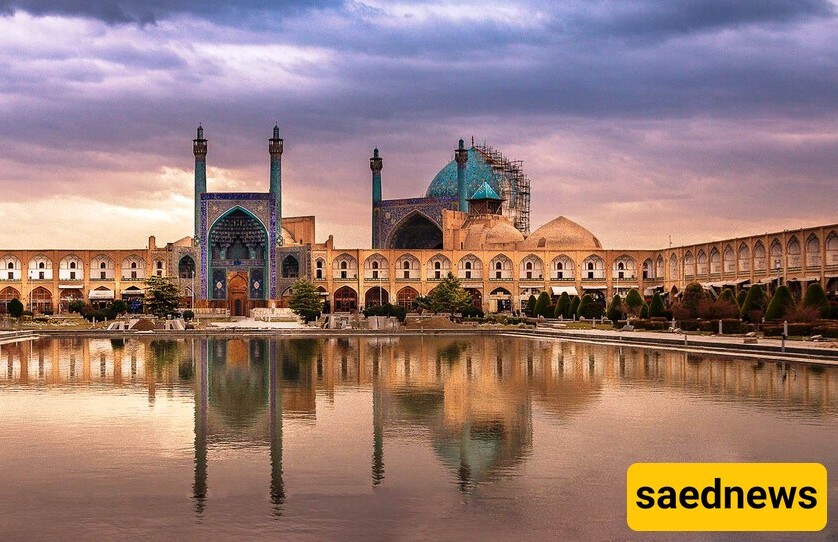SAEDNEWS: When people think about the Middle East, there is often a misunderstanding that all countries and cultures in the region are the same.

According to SAEDNEWS, One common mistake is to assume that Iran is an Arab country. While Iran shares some history and geography with its Arab neighbors, it is actually a unique non-Arab nation with a deep cultural identity rooted in Persian heritage. In this blog post, we will explore why Iran stands out and what makes it special.

One of the most noticeable differences between Iran and Arab countries is the language. The official language of Iran is Persian (Farsi), which belongs to the Indo-European family of languages. This makes Persian more closely related to languages like Hindi and Pashto rather than Arabic, which is a Semitic language.
Though Persian uses the Arabic alphabet, the two languages have distinct grammar and vocabulary. A native speaker of Arabic would struggle to understand Persian, and vice versa, as only a few Arabic words are borrowed into Persian.

Iran has a rich history that dates back thousands of years. The first Persian Empire, established by Cyrus the Great over 2,500 years ago, is known as the Achaemenid Empire. This empire was one of the largest in history and laid the foundation for Persian civilization. Later, the Sassanid Empire also played a significant role in shaping Persian culture and identity before the arrival of Islam.
Unlike Arab countries that often have a shared Arab identity, Iran has consistently maintained its unique Persian cultural identity, even after the Arab conquest.

Iran has produced distinctive art, poetry, and architecture, all of which reflect its unique cultural identity. Persian architecture can be traced back over 5,000 years and includes intricate tile work and stunning domes that differ from styles found in Arab nations. Iconic landmarks like Persepolis, the Nasir al-Mulk Mosque in Shiraz, and Naqsh-e Jahan Square in Isfahan showcase this rich architectural heritage.
Additionally, Persian literature includes celebrated poets such as Ferdowsi, Hafez, Rumi, and Omar Khayyam, whose works are considered among the greatest in the world. This literary tradition sets Iranian poetry apart from the themes and styles commonly found in Arab literature, further emphasizing Iran's unique identity.

Ethnically, the majority of Iranians are Persian, making up about 50% of the population. Other ethnic groups, such as Azeris, Kurds, Lurs, Balooch, and Turkmens, also make up the population, while Arab minorities represent only about 2 to 3% and primarily reside in Khuzestan Province.
This ethnic distinction is important because it highlights the different cultural celebrations and traditions. For example, the Persian New Year, or Nowruz, is celebrated in Iran but not in Arab countries, as it originates from pre-Islamic Zoroastrian traditions.
Although Iran is a Muslim country, it differs from many Arab nations in its religious practices. About 95% of Iranians are Shia Muslims, while most Arab countries are predominantly Sunni Muslims. This difference traces back to a disagreement over the rightful successor to the Prophet Muhammad after his death in 632 AD.
During the 16th century, the Safavid Dynasty in Iran established Shia Islam as the state religion, making Iran a center for Shia Islam today. This religious distinction significantly shapes the political and cultural landscape of the country.
In conclusion, Iran is much more than a Middle Eastern country—it is a nation with a deep Persian identity, rich cultural traditions, and a unique history that sets it apart from its Arab neighbors. Understanding these differences helps clarify the distinctiveness of Iran and the pride that Iranians take in their heritage.

